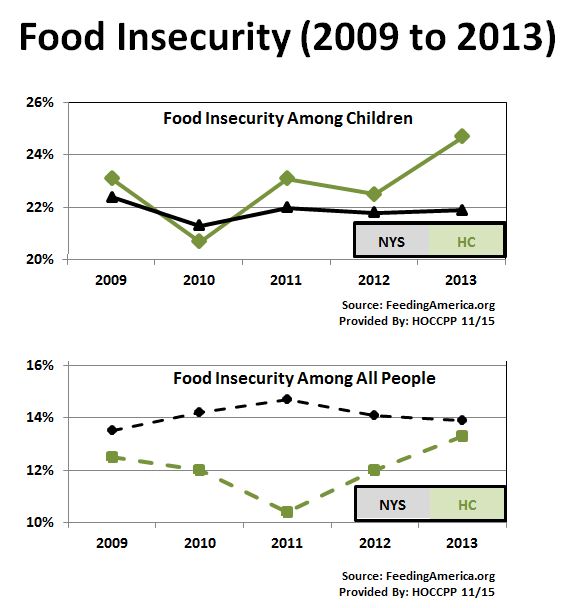With the ACS, income inequity can now been seen longitudinally. The main measure of income inequality available through the census is the use of the Gini Index. The Gini
Index is a summary measure of income inequality. As an index, it only
has a value of between 0 and 1. A value of "0" would mean that every
household had the same exact income; a value of "1" would mean that
income was concentrated solely in a single household.
The index does NOT speak about the absolute levels of income - in other words, it doesn't measure how much income exists in a household. It measures the relative distribution of income across all households in an area. So when one area has a higher Gini index than another, nothing can be said about the income levels
between the areas. Rather, it would tell you about the distribution of incomes
within both areas.
That being understood, what are the regional, state and nation Gini levels over the last decade or so? The chart below shows them for the period 2006 to 2014. To enlarge it, click on the graph.
 |
| CLICK TO ENLARGE |
Note a few things:
- Each of the three lines show an increase in income disparity - the higher the Gini index number, the less "evenly" that income is spread among households.
- There is more fluctuation in the Gini index numbers for the regional and state data than the national data - this has to do with the number of households in each area. Fewer households (or a smaller sample size) results in more variability.
- Despite this variability, the Gini index for all three levels of data (nation, state and region) vary significantly from each other (for example in 2014 the state has the a significantly higher Gini index than the nation, which has a significantly higher Gini index score than the region) and over time within each geography (for the region, the Gini score in 2014 is significantly higher than the score from 2006).
Given a basic look at the trends, regional income inequity has grown at a rate of more than twice that of the state and one and a half times that of the nation. Don't forget, however, that our overall income inequity score is significantly lower than either the state or nation.
























